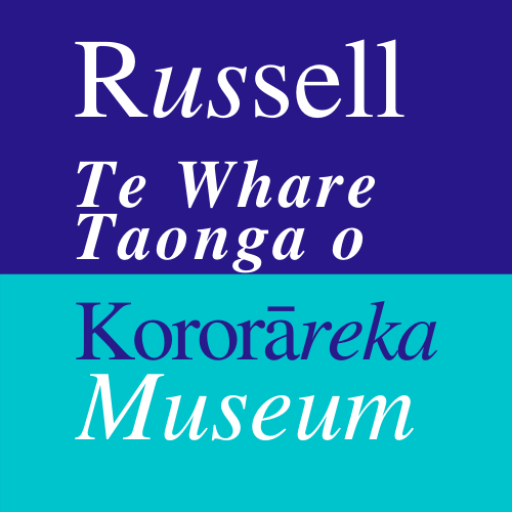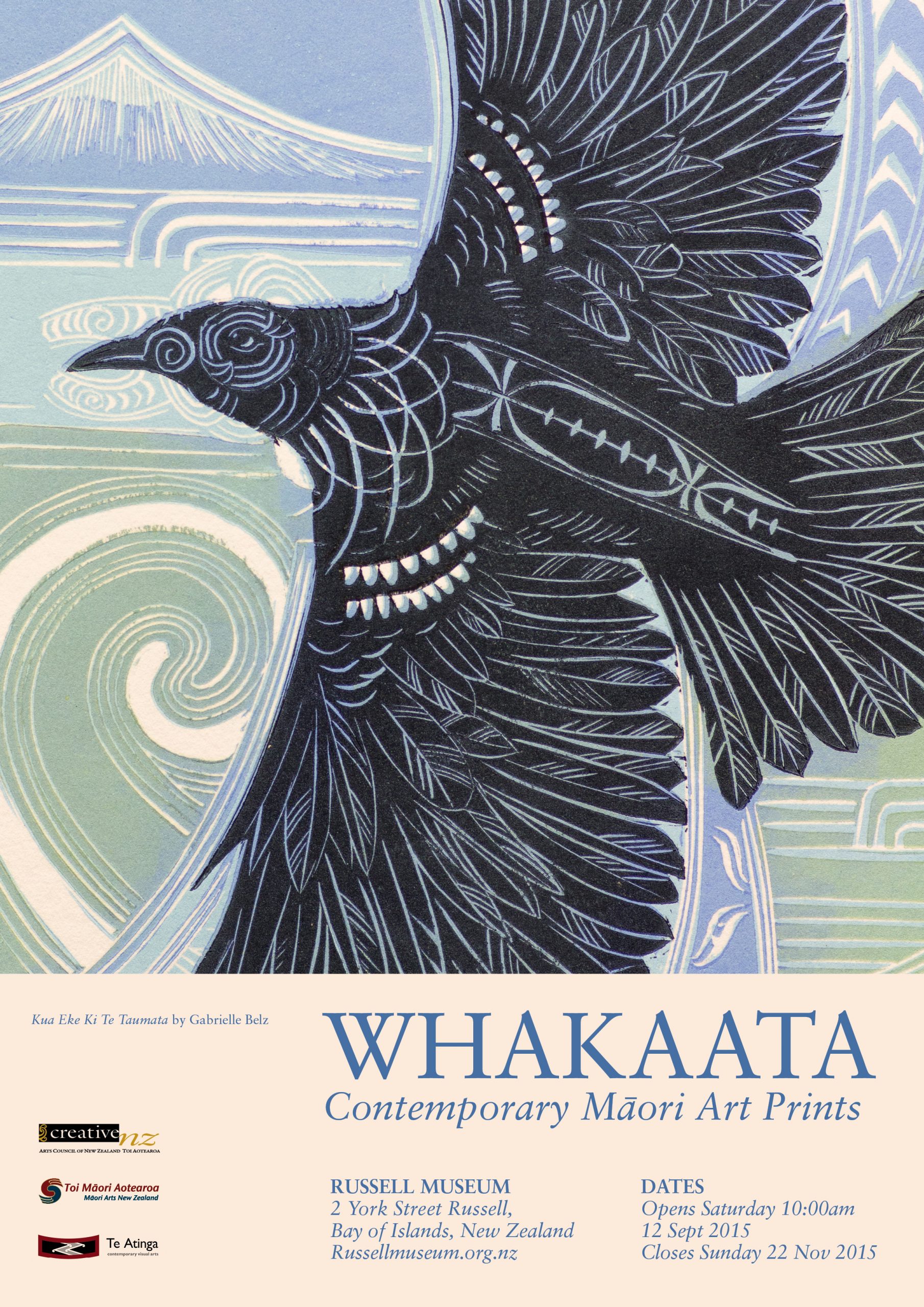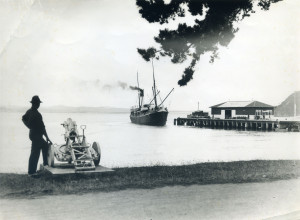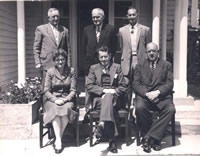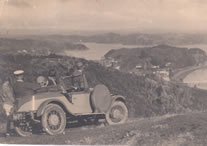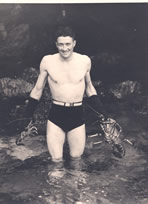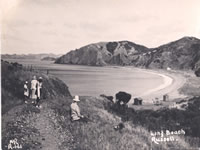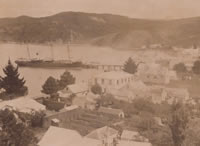Ships, ferries and float planes have served the Far North as a means of transportation since the area was first settled and given the nature of our terrain will continue to do so.
Few in the far north will not recognize the name of the steamship Clansman and though long gone from our waters she remains a legend, evoking memories of a bygone era
The Clansman was purpose built by the Northern Steamship Company to better serve the increasing trade and passenger numbers both arriving and leaving the northern ports of Russell , Whangaroa and Mangonui
She was built in Glasgow Scotland, arriving in Auckland on the 16th October 1884 and made her maiden voyage to Russell on the 5th Nov. Therein after for the next 47 years she arrived early every Tuesday in Russell discharging her cargo then returning every Thursday or Friday to load produce and passengers for the journey Auckland.
Built in an era where sails still prevailed she was rigged as a 3 masted barquentine with a funnel sited between the mizzen and main masts. It was thought the combination of sail and steam would add to her speed and she cruised at 12 ½ knots.
Her interior was wood paneling picked out in white and gold, with marble sideboards and mirrors, the saloon amidships and berthing arrangements on either side and she could accommodate 61 passengers.
Wild was the storm that succeeded in upsetting her schedule and it was said that only the Clansman had the power of setting Russell astir. Her arrivals and departures were a social occasion with residents gathering to supervise arrivals and departures, loading and unloading and generally catching up with the latest news and gossip.
In 1931 en route to Auckland she broke her rudder shaft was towed to safety and at the grand old age of 50 was sold to the wreckers.
By 1931 there was a bus service of sorts via the back road, the railway between Whangarei and Opua was in operation and an airmail flight had commenced
More on all this later
Ref to Marie King Port in the North
Auckland Star CL1864(with photo of Clansman in original rigging)
